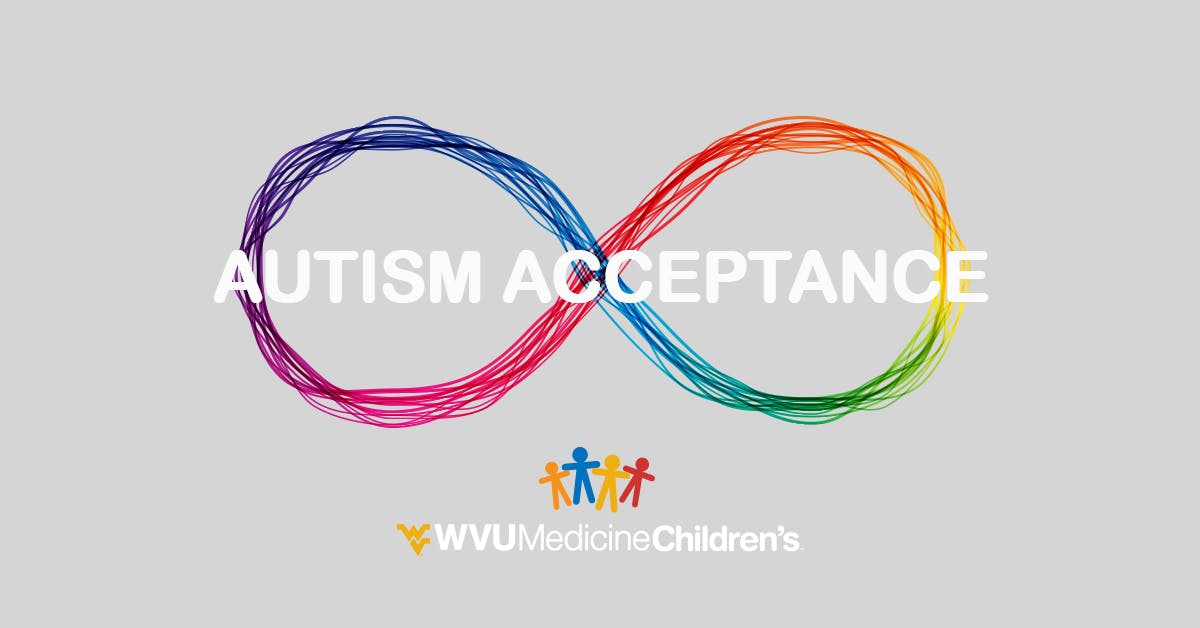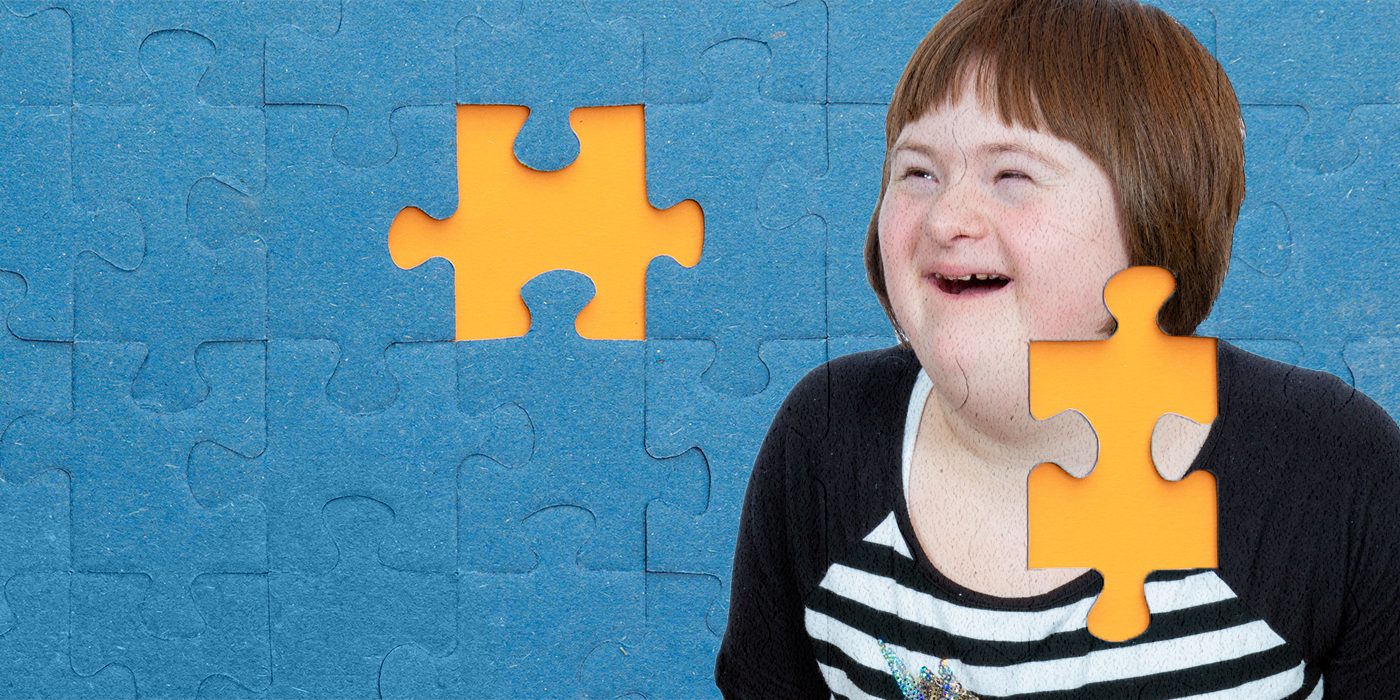Understanding the Spectrum: A Comprehensive Guide to Autism Understanding
Understanding the Spectrum: A Comprehensive Guide to Autism Understanding
Blog Article
Understanding Autism: A Comprehensive Overview to Indications and Symptoms
Autism Range Condition (ASD) encompasses a variety of qualities that can significantly influence an individual's social communications and day-to-day functioning. Recognizing the signs and symptoms and indications, such as obstacles with eye get in touch with, social interaction troubles, and sensory sensitivities, is crucial for very early intervention. Recognizing these nuances not just aids caretakers and educators in supplying suitable assistance however additionally fosters a much more comprehensive environment for individuals with ASD. As we discover the complexities of autism, it ends up being important to take into consideration how these indications show up in a different way throughout the spectrum and what ramifications they hold for reliable intervention techniques.
Overview of Autism Spectrum Disorder
Defining Autism Spectrum Disorder (ASD) involves recognizing it as a complicated neurodevelopmental problem defined by a variety of difficulties in social interaction, communication, and behavioral patterns. The term "spectrum" reflects the vast variability in signs and their seriousness, which can differ considerably from one individual to another. ASD usually materializes in very early youth, although some individuals may not obtain a medical diagnosis till later on in life.
Aspects influencing the development of ASD consist of genetic predispositions and environmental variables, although the precise causes remain under examination. Diagnosis usually depends on behavior analyses, as there are no definitive medical tests for ASD. Early treatment is vital and can substantially improve results, concentrating on boosting communication abilities, social interactions, and flexible habits.
People with ASD may additionally display unique toughness, such as outstanding attention to information or particular locations of know-how. Understanding the complex nature of ASD is necessary for fostering a comprehensive environment that fits neurodiversity. Proceeded research study is essential for developing efficient treatments and support group, making it possible for people with ASD to flourish and accomplish their potential within society.
Usual Indicators of Autism
Acknowledging the typical indicators of Autism Spectrum Condition (ASD) is crucial for very early identification and intervention. These indications can differ extensively in intensity and discussion, yet particular qualities are often observed in people with ASD.
Among one of the most prevalent indications is a significant difficulty in keeping and developing eye contact. Individuals may additionally show minimal interest in social interactions and show a preference for solitary play. Repetitive behaviors, such as hand-flapping, shaking, or rotating objects, commonly arise early in youth. Furthermore, some kids might establish stringent routines and end up being distressed if these routines are disrupted.
Sensory level of sensitivities are additionally typical; individuals might panic or underreact to sensory stimuli, such as audios, appearances, or lights. autism. Language development can be irregular, with some kids displaying postponed speech or utilizing language in uncommon methods, including echolalia-- duplicating sentences or expressions heard elsewhere
It is necessary to note that not every person with ASD will present all these signs, and the level of these behaviors can vary substantially. Early recognition permits timely assistance and resources, improving the quality of life for those on the range.
Social Interaction Difficulties
Social interaction challenges are a characteristic of Autism Range Disorder (ASD), impacting a person's ability to engage properly with others. These difficulties can materialize in numerous means, including obstacles in initiating and keeping conversations, comprehending social signs, and responding suitably in social interactions.
Individuals with ASD may have problem with nonverbal communication, such as eye get in touch with, face expressions, and body movement. This can lead to misunderstandings, as their communicative intent might not be appropriately interpreted by others. Moreover, they might locate it difficult to grasp the subtleties of tone and context, which are crucial for efficient communication.
In group settings, people with ASD might feel overloaded and might not recognize how to join in conversations (autism). They might likewise display atypical conversational patterns, such as monologuing regarding certain rate of interests without acknowledging social reciprocity
Additionally, these obstacles can lead to social isolation or troubles in forming relationships, as peers may misunderstand their actions or interaction style. Understanding these social communication obstacles is essential for fostering supportive settings that advertise social skills development and enhance the top quality of communications for individuals on the autism range.
Sensory Reactions and sensitivities
Several people with Autism Spectrum Problem (ASD) experience enhanced sensory sensitivities that can significantly affect their every day lives. These level of sensitivities might manifest as over-responsiveness or under-responsiveness to sensory stimulations, including sounds, lights, structures, tastes, and scents. An individual with ASD may locate daily sounds, such as a vacuum cleaner or crowded settings, overwhelmingly stressful, leading to anxiety or disasters. Alternatively, some other may show an indifference to pain or extreme temperature levels, which can position safety and security concerns.
Sensory handling distinctions in people with ASD can also impact their ability to engage in routine activities and social interactions. A youngster that is delicate to touch might withstand physical love or stay clear of particular clothing textiles. Alternatively, a preference for sure textures or tastes can restrict dietary choices and produce obstacles throughout nourishments.
Recognizing these sensory sensitivities is important for identifying the special experiences of individuals with ASD. Recognition of their sensory profiles can promote better interaction and support methods, creating an atmosphere that accommodates their needs and boosts their high quality of visit life. Inevitably, acknowledging sensory level of sensitivities is an essential component of understanding the more comprehensive spectrum of autism.

Supporting Individuals With Autism
Reliable support for people with Autism Range Disorder (ASD) is critical for enhancing their general health and promoting self-reliance. Assistance techniques need to be tailored to meet the special needs of each individual, considering their staminas and obstacles.

Social skills training can also play a critical duty. autism. Engaging individuals in team activities or role-playing circumstances can boost their capacity to browse social interactions. Additionally, it is vital to inform member of the family, caretakers, and peers concerning ASD to foster a helpful and inclusive area
Final Thought
To conclude, an extensive understanding of Autism Range Condition is vital for recognizing its signs and symptoms and signs. Early identification of usual attributes, such as social communication obstacles and sensory sensitivities, enables caretakers and educators to apply efficient interventions. By promoting improved communication and social abilities, individuals with autism can browse their environments extra successfully. Inevitably, enhanced recognition and assistance can dramatically enhance the top quality of life for those affected by ASD.
Autism Spectrum Condition (ASD) incorporates a broad variety of features that can significantly influence find more info an individual's social interactions and everyday performance.People with ASD might struggle with nonverbal communication, such as eye get in touch with, facial expressions, and body language.Lots of people with Autism Range Problem (ASD) experience heightened sensory sensitivities that can considerably affect their everyday lives.Sensory handling distinctions in people with ASD can likewise impact their capability to involve in social communications and regular tasks.Recognizing these sensory sensitivities is vital for identifying the one-of-a-kind experiences of people with ASD.
Report this page